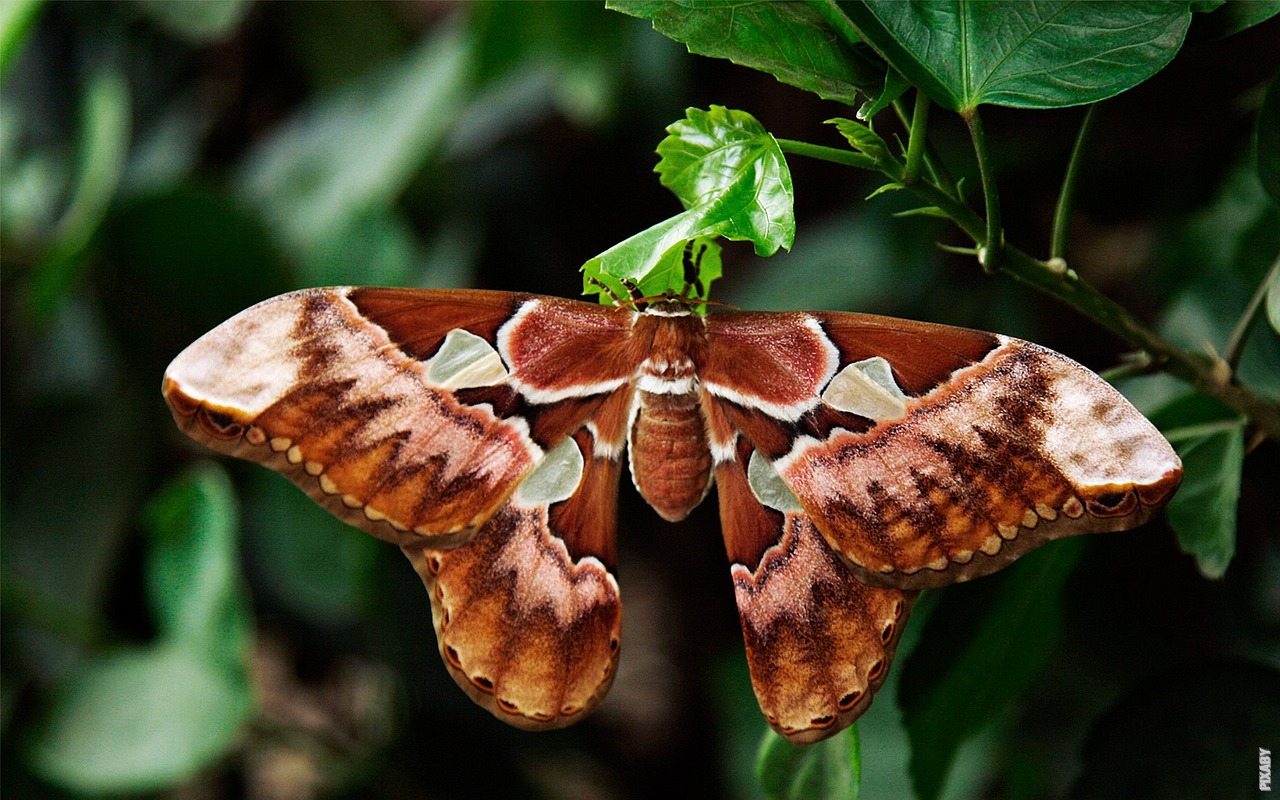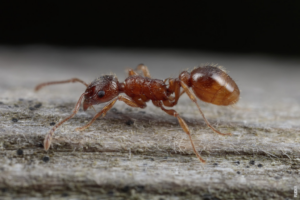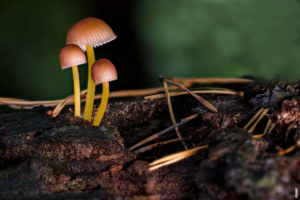The Fascinating World of Moths and Butterflies
Moths and butterflies belong to the order Lepidoptera, which comprises over 180,000 known species. While they share many similarities, there are distinct differences that set them apart.
Physical Appearance
One of the most noticeable differences between moths and butterflies is their physical appearance. Butterflies typically possess vibrant colors and intricate patterns on their wings, attracting attention wherever they flutter. On the other hand, moths are often more subtly colored, with earthy tones that help them blend into their surroundings.
Nocturnal vs. Diurnal
Another notable distinction is their activity patterns. Butterflies are primarily diurnal creatures, meaning they are active during the day. They are often spotted gracefully fluttering from flower to flower, using their long proboscis to sip nectar. In contrast, moths are generally nocturnal, preferring to navigate the night sky in search of food and mates. Their nocturnal behavior is why they are commonly associated with moonlit nights and outdoor light sources.
Habitats and Preferences
Moths and butterflies also differ in terms of their habitats and preferences. Butterflies tend to thrive in open and sunny environments such as meadows, gardens, and fields. They have a strong association with specific host plants, as their caterpillars rely on them for nourishment. Moths, on the other hand, are more adaptable and can be found in a variety of habitats, including forests, grasslands, and even urban areas. Additionally, moths have a broader range of host plants, allowing them to utilize a greater diversity of food sources.
Behavior and Mating
When it comes to behavior and mating rituals, moths and butterflies exhibit some interesting differences. Butterflies are known for their elaborate courtship displays, which often involve colorful dances and aerial acrobatics. Male butterflies may also release pheromones to attract females. In contrast, moths have a more subtle approach to mating. Many moth species rely on pheromones released by females to locate potential mates in the darkness of night.
Post
Post
Ecological Importance
Both moths and butterflies play crucial roles in ecosystems as pollinators. As they feed on nectar, they inadvertently transfer pollen from one flower to another, aiding in the reproduction of various plants. Additionally, moth caterpillars serve as a vital food source for numerous other creatures, including birds and bats.
Moths: Nature’s Hidden Gems
Moths may often be overshadowed by the flamboyant beauty of butterflies, but they possess their own unique charm. Many moth species have intricate wing patterns that are only revealed when they take flight. Some even have specialized adaptations such as transparent wings or feathery antennae. Exploring the world of moths can be a rewarding endeavor, unveiling a hidden realm of natural wonders.
Conclusion
While moths and butterflies belong to the same order, they exhibit distinct differences in physical appearance, behavior, and habitat preferences. Butterflies enchant us with their vibrant colors and daytime flights, while moths intrigue with their subtle beauty and nocturnal habits. Appreciating the diversity within the Lepidoptera order allows us to admire the wonders of nature in all its forms.



